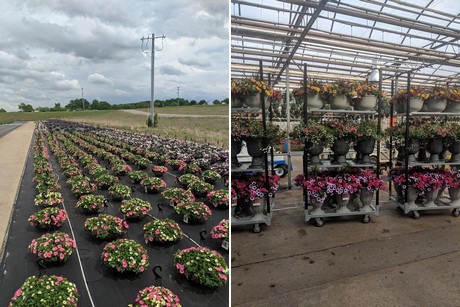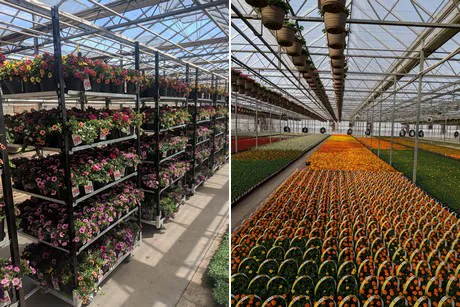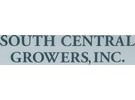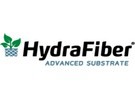South Central Growers, established in 1979, currently has 1,030,354 sq.ft. of environmentally controlled space and 700,000 sq.ft. of outdoor growing space. They grow flowering annuals, hardy mums, and poinsettias for mass merchants and home improvement retailers. Looking for an alternative to perlite, they finally switched to using HydraFiber in 2017, and they haven't looked back since.

Initial tests
"We had been looking for another option to perlite for a couple of years, so when Jennifer Neujahr contacted us about HydraFiber we decided to do some testing with it", Ron Van Der Hengst of South Central Growers tells us. After doing a very small test, they did a larger production trial and were very pleased with the results.
From spring 2017 onwards, the company has been using HydraFiber on all of their finished bedding plant crops. "Having done a production trial we knew what to expect. There was a slight learning curve with moisture management early on. Once our growers were comfortable with the 'new look' of the media they adapted quickly."
Cleaner greenhouse, less labor and storage
The main difference between the Peat/Perlite mix and Peat/HydraFiber mix is the look, according to Ron. "The one noticeable thing is that we are able to keep the greenhouse cleaner with HydraFiber because it does not create as much dust and does not fly all over the place like perlite."

Another advantage is that compared to perlite, the packaging has allowed the grower to bring in 5 to 6 loads of HydraFiber per year versus 50-60 loads of perlite. "This has allowed us to use our storage space more wisely and it has reduced labor on the material handling side."
New look
So it'd seem like HydraFiber is all good news... but are there any challenges? "The main learning curve is the look," Ron explains, "as it will appear dry but it still has moisture as the fiber retains some moisture along with its drainage and aeration properties that it has. Once a grower gets comfortable with the look they will adjust and adapt their current growing practices and feel very comfortable with their media. One challenge we had early on was filling of smaller containers. With the help from the HydraFiber team, we came up with some solutions to our existing filling equipment and have been very pleased with container fill percentage since then."
For more information: South Central Growers
South Central Growers
4724 Hire Rd
37172 Springfield, Tennessee
+1 615-384-2366
www.facebook.com/SouthCentralGrowers
 HydraFiber
HydraFiber
www.hydrafiber.com
